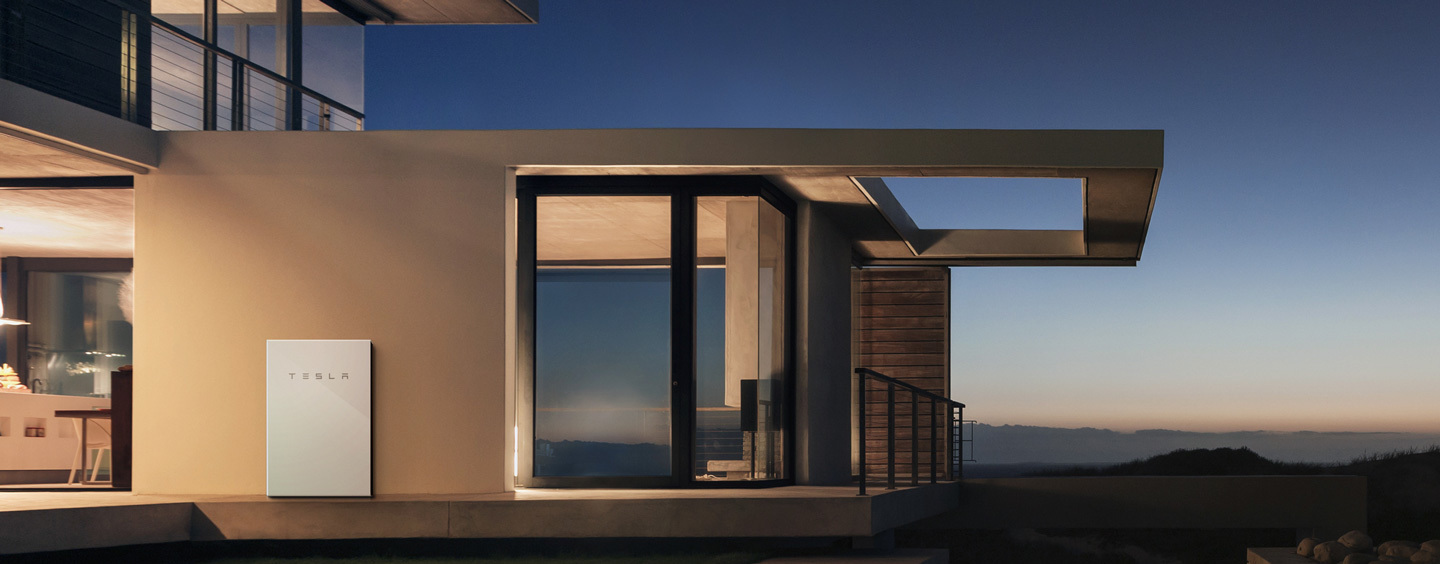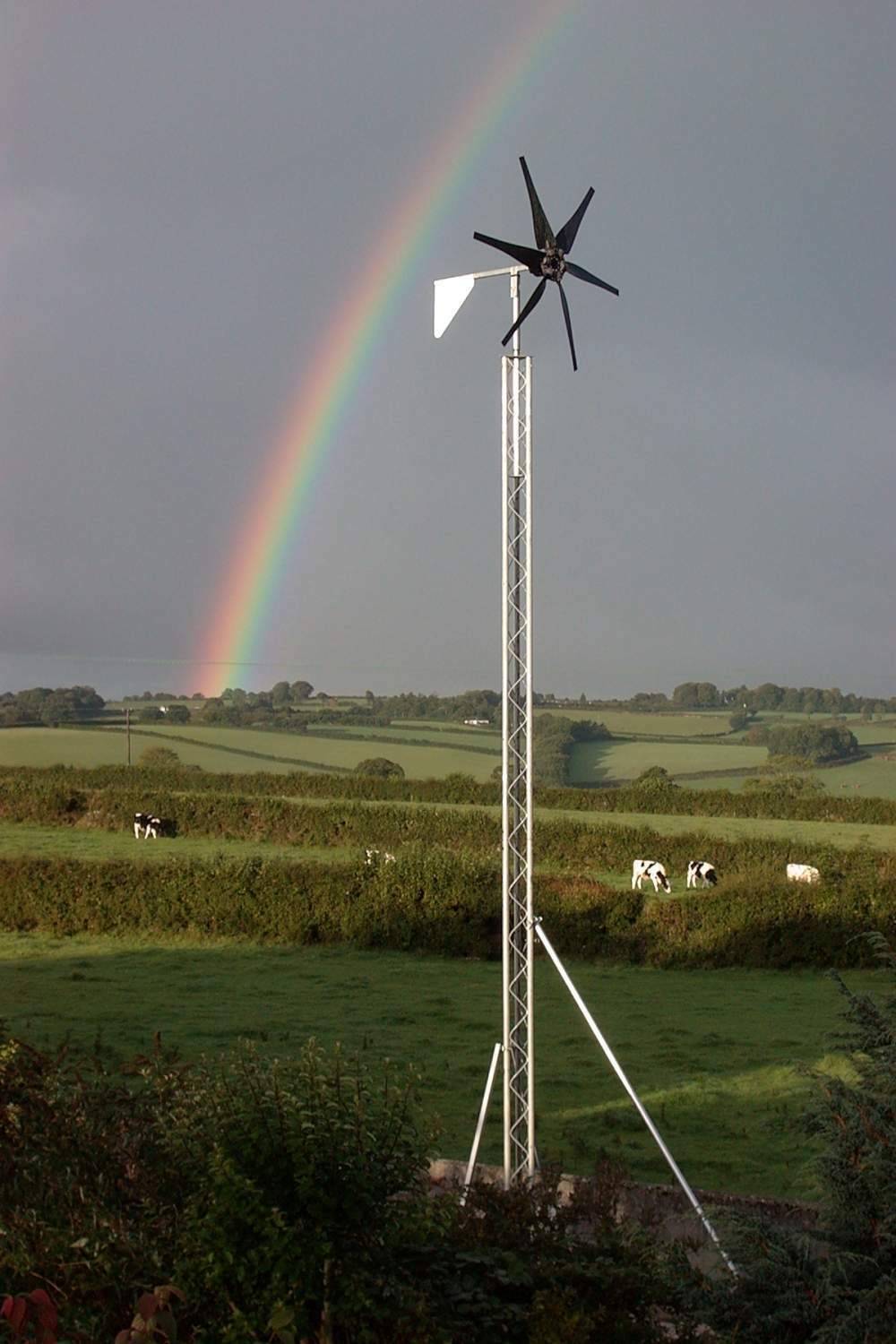Getting the best out of my Home battery system - What's the best method to charge it up?
During the summer months batteries are great however little electricity is used during this period, From the end of October my battery received little charge and remains totally discharged through December and January probably be little change during February. Food for thought Statement for electric during July £9 , December £109.
After renovating a small Bungalow Gas was disconnected sourcing my heating via infrared heaters , all in all pleased with the set up . To improve the system there need to be a alternative to charge the batteries during the short dank days of winter . Apart from a wind turbine would accept any further advice on topping up batteries.
Firstly, I assume that,
If so, then your one and only input to the battery is from your solar-panel. As you correctly observe, this tends to leave your battery empty during the 6 months of the year when you'd really like it to be full! :(
Most people in the UK with solar PV have 4Kw of panels installed. This limit is imposed by the G83 Standard, which states that a domestic dwelling may only export a maximum 16A per phase onto the grid. The Inverter/Controller device is limited to this because it is the item which bears the G83 certification. An approved G83 device may be grid connected without your entire installation being tested and certified by your DNO at considerable expense.
However, the current iteration of the OVO Solar Store has a capacity of only 2.4kWh. So on a typical sunny day a 4kW array will fill it in just 36 minutes!
And if you get a power-cut, your stored charge is no use to you either because G83 specifies that all grid-connected devices must switch off in order for workers to safely operate at your sub-station.
We are right at the front-edge of Home Battery development. There are so many better ways to employ this technology, but it will require not only technical developments, but also regulatory changes.
A better strategy would be if OVO offered a tariff allowing them to fill your battery in the dead of night when it's cheap for them to buy electricity. That means it's available the next day without transporting it down the main National Grid. A cluster of such pre-charged batteries could be brought online very quickly, thus balancing out the fluctuations which occur when renewable sources suddenly reduce their output.
The dips in renewable energy reduction are caused by clouds crossing the sun or the wind suddenly dying. These fluctuations will obviously hit a local area's electricity production very quickly. They currently have to be balanced by rapidly increasing the output from commercial power stations with fast response times. So these are necessarily nuclear and pumped-storage.
It is little understood by advocates of renewable generation that every kWh has to be balanced by latent spare capacity in nuclear stations... not generally considered very ecologically sound!
It should now become obvious why local battery storage resolves the problem. The energy is already stored locally, and can respond even quicker than pulling out the control rods on a nuclear station hundreds of miles away.
For this to work, the entire Domestic Energy Supply market has to change. OVO and their rivals will need to offer tariffs which will bill you different amounts per kWh for each half-hour segment of the day. (HH billing is already operating in the commercial generation market).
Thus you will be able to buy OVO's electricity cheaply overnight to store in your battery, then allow them to sell it back to the grid for you according to local demand the next day. If you have solar panels too, then so much the better. OVO can allow them to recharge your battery without loading the National Grid, and thus potentially resell your stored charge for you at a profit several times over during the day. You benefit from a surprisingly low tariff as a result :)
This obviously requires regulatory changes, together with some clever systems to allow each user to instruct OVO how much of their stored charge they will allow to be resold on their behalf during which times of the day. The In-Home-Displays we currently use on Smart Meters are a forerunner of some much more clever technology which is yet to be unveiled.
And turning to your final point, few people are prepared to connect a wind-turbine to the grid via a small (4kW) inverter/controller. Remember it must switch off in the event of a power cut (G83). This is no problem for a PV solar panel, which is unaffected if it is effectively left "open circuit".
However, if you remove the load from a wind-turbine, then it rotates faster and faster until eventually the expensive generator-coils in the head catch fire.
If you'd like to see a photo of some melted coils covered in black soot, I can post one here as evidence of my assertion!
HTH
HTH
Interesting logic ,topping the battery at night as you say with legislation to suit sounds very doable. As a layman I would have thought coupling a wind turbine into the system could be achieved through modern technology?,however apparently not. Finally my system is independent from Ovo solar store appreciate your feedback
Thank you
Mackduff
Wind turbines tend to produce maximum output in the same stormy weather which is most likely to cause damage to the rural power networks where they are sited. Applying an electronic brake to a turbine generating a healthy 4kW is no mean feat. You have to put the energy somewhere.
Some more expensive turbines achieve this by using powered mechanical systems to
- change the pitch of the blades
- furl the turbine head out of the wind
When the UK Government introduced FIT payments, there were a number of UK startups offering wind-turbines to domestic users. You will now look in vain for the likes of Windsave and Renewable Components.
Small scale (sub-4kW) wind turbines are now used almost exclusively for off-grid electricity supply. The batteries provide a constant "load", but even then an off-grid turbine installation also needs a Dump Load where excess energy can be sent as the battery bank reaches capacity.
Now if the OVO SolarStore could be offered with a wind-turbine input as an option, it would change things considerably. But that would necessitate designing it to have additional outputs which would continue to operate in the event of a power-cut.
There would of course need to be a dump-load, which is typically an immersion heater in the domestic hot water tank. And then there could be Ultra Low Voltage* outputs to run the house lighting, WiFi, landline telephone etc, all of which would be incredibly useful to keep live in a power outage!
But that's a different set of control logic than is within the current Beta-test OVO Solar Store.
* Ultra low voltage is below 50v, which falls outside the requirements for using a professional electrician to issue a Part-P Building Regulations Certificate. The term Low Voltage is used in the power industry to refer to 240v AC.
Here's a typical domestic off-grid wind-turbine. This one is fitted with a Permanent Magnet Generator (PMG) rated at 1.1Kw. However it actually produced 1.7kW output at a nominal 24v (3-phase AC)
Sizing a PMG is tricky. The peak output power is related to how small is the gap between the coils and spinning neodymium magnets. Decreasing the gap by half will generate 4-times the output!
Mackduff
However, I think we need to see the situation from OVO's viewpoint.
The UK desperately needs distributed battery storage. OVO clearly have a software system which allows them to control the charge and discharge of a large network of batteries. They acquired this by buying VCharge last year (public records viewable on Companies House).
The National Grid are prepared to pay premium rates for energy suppliers who can offer power to flatten out the demand peaks. Distributed battery networks can not only achieve that, but also do so without loading the National Grid. Such a network is therefore ideally placed to mitigate the peaks and troughs of renewable energy generation, most of which occurs in rural areas.
The OVO SolarStore is obviously a good match for regions with lots of solar generation because it can be most efficiently recharged in summer... again without Grid loading.
Potentially an OVO "XStorage" Battery with wind-turbine input would be a better match for flattening the demand peaks during winter when commercial wind-turbine farms are most active. Moreover, the Grid is more heavily loaded during the winter.
So if the National Grid were to offer an even higher premium to buy in fast-reacting battery-storage power during the winter months when Triads* are more likely, then this could persuade OVO to commission a battery with turbine-input. It's up to the National Grid to provide OVO with a financially viable proposal.
If the likes of OVO don't come up with a strategy to partner with its customers to install home batteries, then the National Grid has three alternatives:
- Build more nuclear plants with spare capacity to come online quickly
- Build more pumped storage generation like the ones in North Wales
- Install industrial-scale battery villages in rural areas
An example of the latter can be seen in this planning application for a [URL=http://apps.southhams.gov.uk/PlanningSearchMVC/Home/Details/173360]50MW battery village just outside Torbay, Devon. The plan was given consent last month.
Which strategy would you rather see?
* A Triad is a predicted period of peak-demand. During a Triad the National Grid pays heavy-industry consumers not to use electricity. This is expensive.
The link to the planning application for the 50MW battery village can be clicked on in this message.
The temporary backup power is assumed to come from batteries via a pure sine inverter, in my case rated at about 3 kW peak. No washing machine, dishwasher or other high demand use.
That most battery storage systems on offer seem to be of small capacity - except perhaps the Tesla Power Wall - has put me off implementing this. It is also annoying that 4 KW of solar dies if the mains goes off. I understand the need to protect DNO workers - even when you survive electrocution it is not a nice experience.
I will go for a battery backed system as soon as it is viable, especially if our 40 kW Nissan Leaf is the battery. So OVO's V2G system needs to include mains isolation during power cuts, even if it is manually operated.
Just a thought.
Have Powerwall 2 with solar. Have just fitted Fitted WIFI immersion. Can now switch on water heater via phone when battery near 100%. Also use granny EV car charger to stop the dreaded export to grid. Can anyone think of how I can use more spare electric ? With my Powerwall now daily usage £0.02 summer. Paying more for standing charge at £0.204 day. Powerwall 2 also allows me in the winter to charge from grid at off peak.
Have just fitted Fitted WIFI immersion. Can now switch on water heater via phone when battery near 100%.
Wow
Also use granny EV car charger to stop the dreaded export to grid. Can anyone think of how I can use more spare electric ? With my Powerwall now daily usage £0.02 summer. Paying more for standing charge at £0.204 day. Powerwall 2 also allows me in the winter to charge from grid at off peak.
So you can charge up the battery and the EV from solar in the summer? And heat water?!
Have Powerwall 2 with solar. Have just fitted Fitted WIFI immersion. Can now switch on water heater via phone when battery near 100%. Also use granny EV car charger to stop the dreaded export to grid. Can anyone think of how I can use more spare electric ? With my Powerwall now daily usage £0.02 summer. Paying more for standing charge at £0.204 day. Powerwall 2 also allows me in the winter to charge from grid at off peak.
That’s great use for PV and battery storage.
what immersion controller are you using?
what solar inverter do you have?
Other than more batteries the aim is to as much useful work with your available solar.
The powerwall is good at matching charge to available solar so I would run as many appliances that create a variable load (dishwasher, washing machine, dryer etc) while you have peak solar and let the power wall soak up the surplus to minimise export.
Automation helps with some things but it can all be done manually if you are at home to switch them on. I use home assistant for pretty much everything, worth a look if your that way inclined.
Reply
Log in to the OVO Forum
No account yet? Create an account
Enter your username or e-mail address. We'll send you an e-mail with instructions to reset your password.









